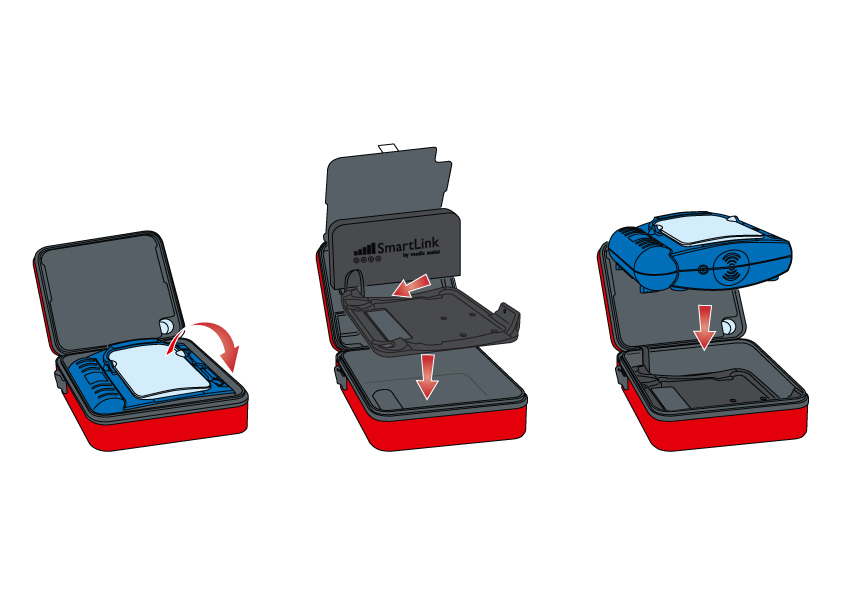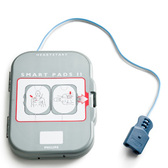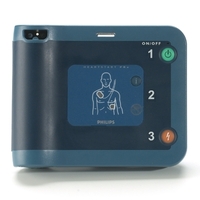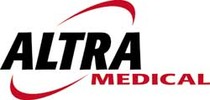 Loading... Please wait...
Loading... Please wait...- 727-541-5900
- My Account
Currency Displayed in
Ten Tips for Implementing an AED Program
Posted by Leslie Roberts on 27th Oct 2014
1. Train people to use it
While an AED will talk you through what to do and is easy enough for a sixth grader to do correctly, human nature is such that people won’t do CPR or use an AED because they are afraid they will accidentally hurt someone. Fortunately, AEDs are designed to shock a person only if they are in a life- threatening rhythm. You cannot accidentally shock someone. That is why training is important so people are prepared in an emergency and confident they know what to do.

2. Inform people where it is and who is trained
If someone collapses in cardiac arrest, seconds count. People need to know where the AED is and who knows how to use it. Everyone at your facility should know who is trained in CPR/AED so they can quickly be contacted. Often people will not get involved if they don’t know what to do and are afraid to try.
3. Be sure the battery is in the AED and working - use SmartLink

The last thing you want to do is leave the AED in the box and not set it up correctly. If it isn’t ready for use, it won’t help to save a life. Helpful Hint: Sign up for SmartLink a new program for Philips OnSite and FRx AEDs that remotely monitors your AEDs and notifies you when a unit needs attention. Easy way to give you peace of mind.
4. Locate the AED in a central location
It is important to be able to quickly get the AED when it is needed. Do a time study. Locate the AED where you can retrieve it and get back to the person in two to three minutes maximum. Brain damage occurs in as little as four minutes so speed is important.
5. Put up AED signage

An AED won’t do any good if you can’t find it or can’t see it. Put signage up so it is clearly marked. Put “This Building is Protected by An AED – Located In XXXXX ” signs on the front doors and entrance to the building so people know that you have AEDs and where they are.
6. Buy spare pads

In an emergency, things can go wrong. The person putting the pads on can forget to shave a hairy chest, or wipe a wet chest. The pads could be old or dried out if someone accidently opened them and your AED doesn’t check the moisture content, or they lay them on the floor, where they can be contaminated. The small price (typically around $60) for spare pads ensures that the people using your AED in the heat of an emergency will succeed. It’s a small price to save a life.
7.Form an Emergency Response Plan
An emergency response plan spells out what people should do if someone has a medical emergency and goes into cardiac arrest or has a stroke or a heart attack. It should include who calls 911 (or other security number), who on your team are trained in CPR, using the AED or First Aid will be alerted, who will respond, and who will meet the ambulance and escort them to the victim. The plan should also address notifying family, management, human resources and having someone accompany the victim to the hospital.
After the AED is used, the data from the machine should be downloaded and the ECG printed out. The pads will need to be replaced and some units will need to have batteries replaced, or at a minimum a self-test to be sure the unit is ready for use. The team that responded should also have access to counseling if needed and debrief of the rescue to see if there are any changes needed to your protocols.
8. Appoint someone to be responsible for your AED
While an AED is easy to maintain, someone still needs to take responsibility for it so that it will be ready when needed. All AEDs do some form of daily, weekly and monthly self-tests. Someone should check that the status indicator that says it is ready for use. That person should also know when the pads expire and replace them when needed as well as know how to replace the battery and perform any other checks required by the manufacturer. Some AEDs have a smaller battery that powers the self-test that should be replaced once per year.
Too often we hear people tell us that their AED was beeping for several weeks and no one did anything about it. It would be a tragedy to not have it available and have someone die. (And also will create a potential liability for you).
9.Register it with EMS

When the AED is registered with EMS, and a call comes in from your facility that someone is in cardiac arrest, they can tell them where the AED is and even instruct them in how to use it. You can help save someone’s life.
10. Check it Routinely

AEDs need to be checked routinely to be sure they are ready when needed. Check it at least monthly, or based on the protocol that is appropriate for you. Fire Departments will need to check at each shift. A security company in a major building may have a protocol to check it daily, and a gym may have a policy to check it weekly or monthly. An AED located in a soccer field house that is only used periodically, should be checked it each time the building is opened.
Follow the Manufacturer’s Guidelines.
Consider SmartLink - a new program exclusively for the Philips OnSite and FRx AEDs that monitors the status of your AEDs and will email you or a group of people if your AED needs attention.
